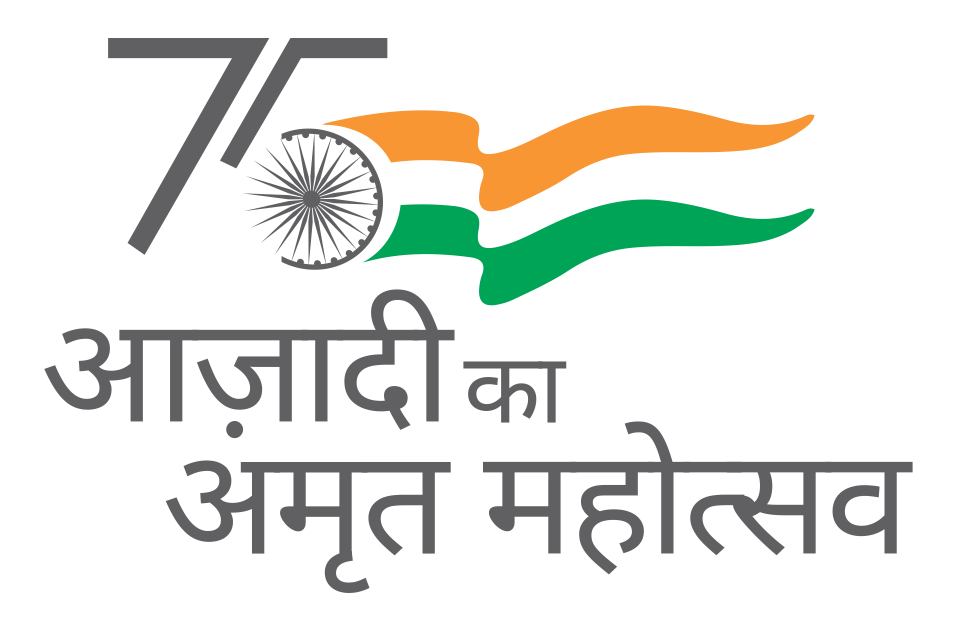Goa
Despite appearing in the top 5 tourist destination of the country, Goa had only one airport, to cater to the flocking tourists. The airport had far exceeded its design capacity and there was not much scope of augmentation. The airport is also located in a civilian enclave at a naval base, which further restricted commercial activities in utilizing the potential. Overtime, the village of Dabolim had developed around the airport and the approach roads faced frequent traffic congestions. Due to variety of constrains an airport, which could cater to the demand of the tourism sector for a few decades could not be further developed at Goa International Airport at Dabolim. The challenge of developing another airport was competition if developed nearby the existing Goa International Airport at Dabolim. Goa was poised to take decisive steps to launch its tourism sector into the future.
The new airport project financials were promising, so, PPP was also an option wherein the development and management of the airport could be undertaken by the private partner with revenue sharing arrangement with Goa. The Delhi International Airport Limited (DIAL), Mumbai International Airport Limited (MIAL), Hyderabad International Airport Limited (HIAL) and Bangalore International Airport Limited (BIAL) airports bore testimony to the success of the PPP mode development of aiports.
Weighing both the available options, the Manohar International Airport at Mopa, named after the dynamic former Defence Minister & former Chief Minister of Goa, Late Shri. Manohar Parrikar, was conceptualized on DBFOT model of PPP mode. Designed to spread across an area of 2,132 acres and serve 4.4 million passengers per annum in Phase 1, which could be further scaled up as per traffic growth with a maximum capacity of 35 million, Manohar International Airport at Mopa would cater to the aspirations of Goa to become the favoured tourism destination on the west coast, catering to domestic and international passengers besides freight services for Goa and the Konkan region of Maharashtra.
Manohar International Airport at Mopa, Goa is developed & operated by GMR Goa International Airport Limited in partnership with Government of Goa on PPP Model successfully with an initial investment of Rs. 3,400 Crs. In the last 6 yrs, Phase I of the airport catering to the needs of 4.4 MPPA with requisite basic infrastructure and world class facilities, was inaugurated th by Shri. Narendra Modi, Hon’ble Prime Minister of India on 11 Dec., 2022. Thereafter, airport th st commenced its domestic and international operations effective 5 Jan., 2023 and 21 July, 2023 respectively in effective collaboration with various departments of both Government of India and Government of Goa.
Lorem Ipsum is simply dummy text of the printing and typesetting industry.
Goa, despite being one of the top tourist destinations, had only one airport, which had exceeded its design capacity, leaving little scope for expansion.
The airport was located within a civilian enclave at a naval base, which further restricted its potential for commercial growth and activities.
The village of Dabolim had developed around the airport, and the approach roads faced frequent traffic congestion, further complicating operations.
Due to various constraints, including location and capacity, Goa International Airport at Dabolim could not be expanded to meet the growing demand of the tourism sector.
Developing a new airport near the existing Dabolim airport created the challenge of potential competition and opposition.
- To address the challenges, the government proposed the development of a greenfield airport at Mopa, located in Pernem, Goa. This would help alleviate the burden on the existing Dabolim airport.
- Given the promising financials of the new airport, a Public-Private Partnership (PPP) model was considered. This allowed for the development and management of the airport by a private partner, with revenue-sharing arrangements with the state government.
- The airport was conceptualized under the Design, Build, Finance, Operate, and Transfer (DBFOT) model of PPP, ensuring a sustainable and efficient approach to development.
- The Manohar International Airport at Mopa was designed to accommodate 4.4 million passengers in Phase 1, with future scalability up to 35 million passengers, meeting the growth needs of Goa's tourism sector. The airport would serve both domestic and international passengers and offer freight services for Goa and the surrounding region.
Several factors contributed to the project’s successful and timely award, smooth commencement of construction and operationalisation post COD. Effective land procurement within time frame helped in fulfilment of Condition Precendant in a timely manner which aided early grounding of the project.
Lorem Ipsum is simply dummy text of the printing and typesetting industry.
- The airport would optimise the Goan tourism economy, targeting 12 million passengers per year in the next 5 years with a saturation point of up to 35 million passengers per year, to elevate passenger experience and make waves in the aviation industry. The Manohar International Airport at Mopa aspires to join a very elite club of elite green airports in the world when it becomes a zero-carbon footprint airport in five years by implementing green infrastructure. The concessionaire, M/s GMR Goa International Airport Limited (GGIAL), a subsidiary of GMR Airports Limited (GAL), has set up Aviation Skill Development Centre (ASDC), which will train and empower the local Goan youth in skills that make them employable in the aviation industry. The training offered at ASDC is compliant with the National Skills Qualification Framework (NSQF), the State Skills Mission and the National Skills Development Corporation (NSDC). Thus, the MOPA envisages holistic development of the area.
- Going forward, Manohar International Airport intends to connect more than 40 destinations, across both domestic
Can be scaled up as per traffic growth with a maximum capacity of 35 million.
Adoption of standard successful concession agreement of earlier airport projects also aided financial close. The financials of the projects were strong with huge revenue potential which favoured bidder interest. Lastly, the streamlined linear and decisive decision making at the administrative level played a key role in the success of the project. Pre-development works commenced by the State Government to optimize project implementation timelines.











